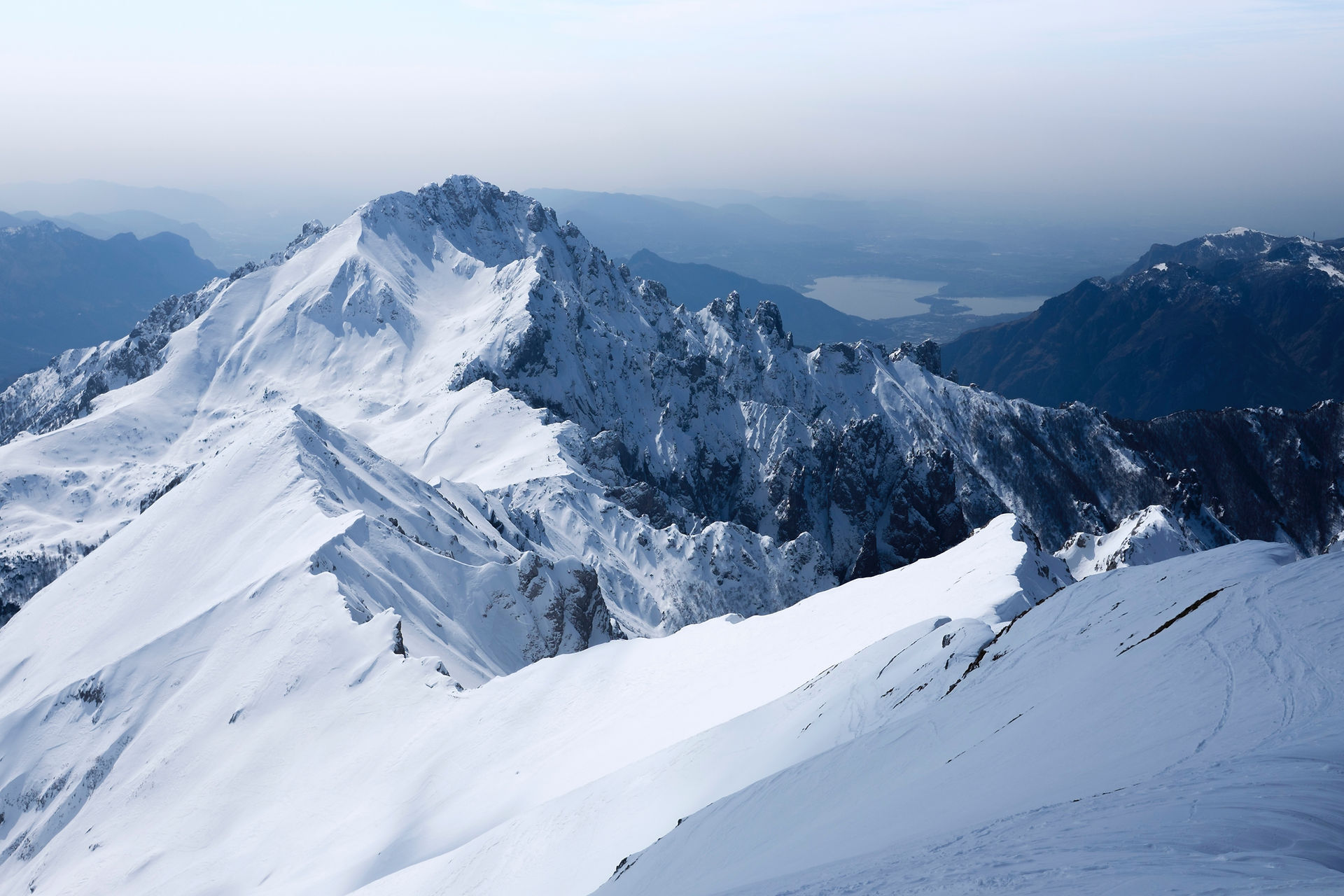
Cold plunges are cold water baths that provide a revitalizing and therapeutic experience, ideal for reducing inflammation and accelerating muscle recovery. Immersing yourself in cold water also stimulates circulation and enhances mental health, promoting a sense of well-being and energy. Discover how to incorporate this rejuvenating practice into your daily routine and transform your physical and mental wellness.



Wakatipu Spa Features:
-
Spacious 6-seater spa pool
-
138 powerful, whisper-quiet air jets
-
Heats up to 42°C for deep relaxation
-
Ideal for parties, special occasions, and families
-
Lockable, childproof lid for safety
The ultimate relaxation and rejuvenation! A soothing escape that promotes both physical and mental well-being. including pain relief, improved circulation, and enhanced stress reduction. Perfect for unwinding after a long day or celebrating special occasions with loved ones, our spa pools are your gateway to tranquility.



Wakatipu COLD PLUNGE Features:
-
Invigorating cold plunge tub for rapid recovery
-
Precision cooling technology for optimal temperature control
-
Designed for muscle recovery and boosting circulation
-
Compact design fits seamlessly in any wellness space
-
User-friendly interface with safety features for peace of mind
Cold plunge tubs provide an invigorating experience that revitalizes both body and mind. Utilizing precision cooling technology, these baths are designed to deliver optimal temperatures for muscle recovery and enhanced circulation. Unlike traditional cold baths, which can be challenging to maintain at consistent temperatures, cold plunge tubs ensure a refreshing immersion that promotes rapid recovery after intense workouts or stressful days. Perfect for those seeking to boost their health, reduce inflammation, and elevate their overall well-being, incorporating cold plunges into your routine can transform your recovery process. Embrace the rejuvenating power of cold therapy and take your self-care regimen to the next level!.
How to improve your breathing for entering Cold Plunge and staying in longer
Mental Preparation
- **Visualization**: Before entering, close your eyes and visualize the experience. Picture yourself relaxed and comfortable in the cold water.
- **Positive Affirmations**: Repeat affirmations that reinforce your confidence and control, such as "I can handle this cold" or "I am in control of my breathing."
Deep Breathing Technique
- **Diaphragmatic Breathing**: Practice breathing deeply from the diaphragm rather than shallowly from the chest. Place one hand on your abdomen to ensure it rises as you inhale.
- **Inhalation**: Slowly inhale through your nose, counting to 4.
- **Retention**: Hold your breath for 2 seconds.
- **Exhalation**: Slowly exhale through your mouth over 6-8 seconds. This will help release tension.
Controlling the Breathing Rhythm
- **Establish a Rhythm**: Find a breathing rhythm that feels comfortable to you. For example, inhale for 4 seconds, hold for 2 seconds, and exhale for 6 seconds.
- **Stay Calm**: Focus on breathing deeply and steadily rather than rushing. This will reduce feelings of anxiety when entering the cold water.
Entering the Water
- **Gradual Entry**: When entering, do so gradually—start with your legs, then lower body, and finally your torso.
- **Maintain Controlled Breathing**: After entering, take a couple of deep, slow breaths, adjusting your breathing rhythm as needed to manage the cold.
While in the Water
- **Mindful Breathing**: While in the water, continue with deep, controlled breaths. If you feel your breathing quickening, refocus on maintaining your established rhythm.
- **Shoulder Relaxation**: Try to keep your shoulders relaxed and avoid tensing your body. The more relaxed you are, the more comfortable you will feel in the cold water.
Exiting the Water
- **Deep Breaths on Exit**: As you exit, continue taking deep breaths to help regulate your body temperature and reduce discomfort.
Consistent Practice
- **Breathing Exercises**: Consider practicing breathing techniques such as mindful breathing, meditation, or yoga to improve your respiratory capacity and comfort in cold situations.
Additional Tip
The more you practice these breathing techniques, the more comfortable you will feel entering cold plunge, allowing you to enjoy the experience longer. Patience and practice are key.
If you have any more questions or need further information, feel free to ask. I hope these instructions are helpful to you.
.png)





